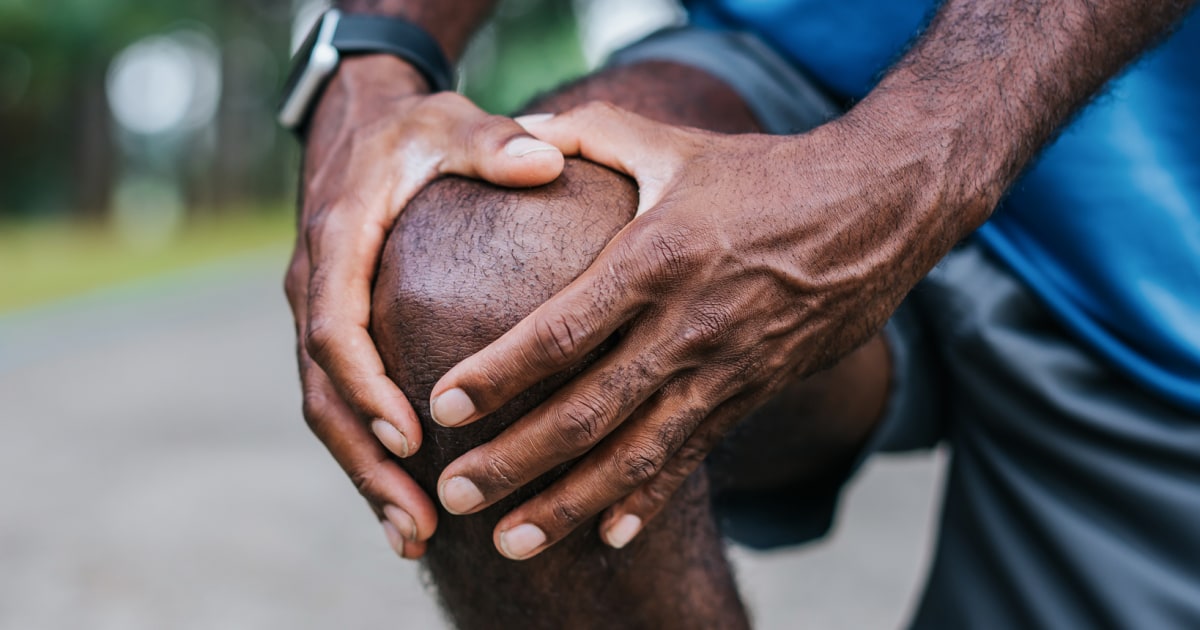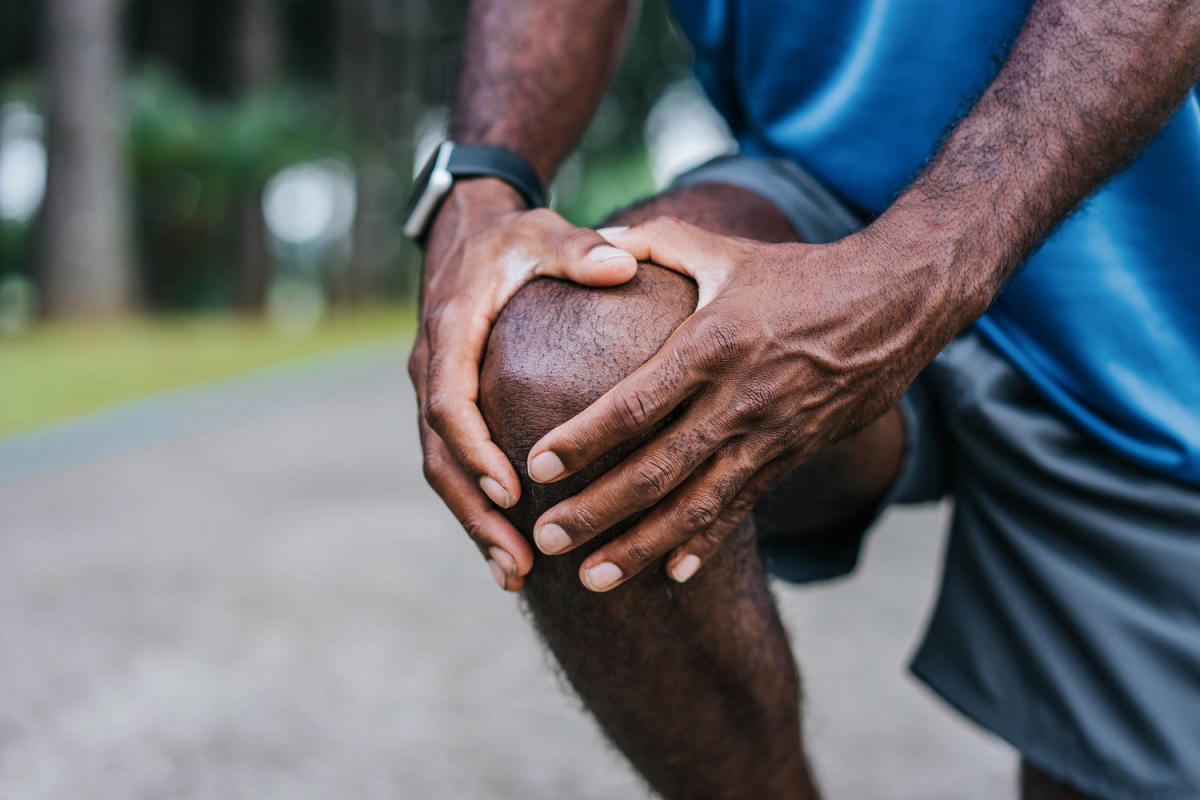
Title: Biking Revealed to be Associated with Less Knee Pain and Osteoarthritis Later in Life
Lead: Biking, a popular form of exercise for people of all ages, has been shown to have numerous health benefits. A recent study published in the journal Medicine & Science in Sports & Exercise reveals that regular bicycling over a lifetime is associated with lower prevalence of frequent knee pain and osteoarthritis (ROA and SOA) compared to those who never biked.
Paragraph 1: The study, led by Dr. Grace Lo from Baylor College of Medicine, surveyed over 2,600 participants with an average age of 64 about their lifetime exercise habits and took X-rays to evaluate the arthritis in their joints. The researchers found that people who had ever biked at any point in their lives reported less knee pain, ROA, and SOA than those who never biked.
Paragraph 2: Each increase in the number of age periods engaged in bicycling resulted in a lower likelihood of reporting knee pain, ROA, and SOA. The study also showed that cycling helps build strength in muscles around the knee, protecting the joint from damage and reducing the risk of developing osteoarthritis.
Paragraph 3: Moreover, biking is considered a low-impact exercise as it doesn't put much stress on joints compared to other high-impact activities like running. The rhythmic motion of pedaling moves synovial fluid throughout the joint, lubricating it and providing nutrient delivery to cartilage.
Background: Osteoarthritis is the most common form of arthritis and primarily affects people over 50 years old. It occurs when the cartilage in a joint starts to break down, causing loss of function and pain. Regular physical activity, including cycling, has been shown to help prevent osteoarthritis.
Conclusion: Biking is an excellent form of exercise for people looking to maintain their knee health and reduce the risk of developing knee pain or osteoarthritis later in life. The more periods a person spends bicycling throughout their lifetime, the lower their likelihood of experiencing these conditions.








